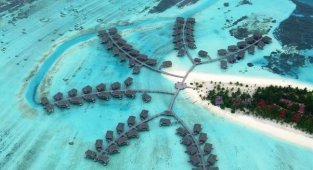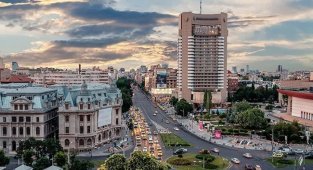In ancient and cozy Croatia, about 128 settlements are recognized as cities. Every Croatian city can offer tourists something new and interesting. Fine cuisine, nightclubs with local and Western music, walks along cobbled streets and sights are what travelers from all over the world come to this country for. 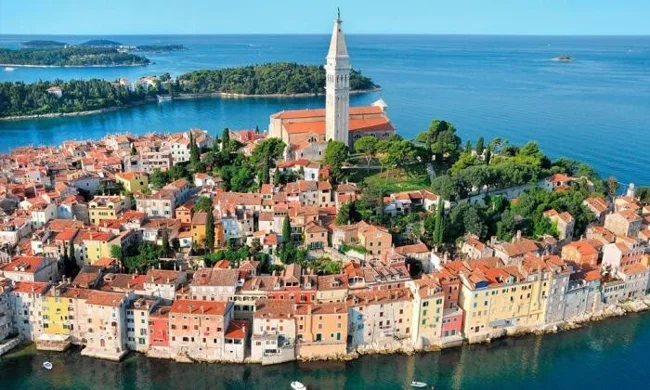
Castles surrounded by nature, museums with archaeological finds and cafes with street terraces await their guests in many cities of the country. The Croatian state has its own access to the Adriatic Sea, so it is possible to combine different types of recreation there. The pearl of the Adriatic with the azure bays of Croatian ports is full of authentic southern flavor. The area of the state is 56 thousand km?. The population is more than 4 million inhabitants. The administrative division is represented by 20 counties (regions).
Zagreb
The largest city in Croatia is located near the Sava River. Area – 641 km?. The country's commercial and economic center is famous for its large production of electrical appliances, as well as a huge number of food processing factories. There are many cafes and gourmet restaurants in Zagreb. The city's extensive transport network helps tourists get to any attraction quickly and easily. St. Mary's Church, National Theater, King's Square - these are the true jewels of city architecture.
Population – 810,003 people (2018) 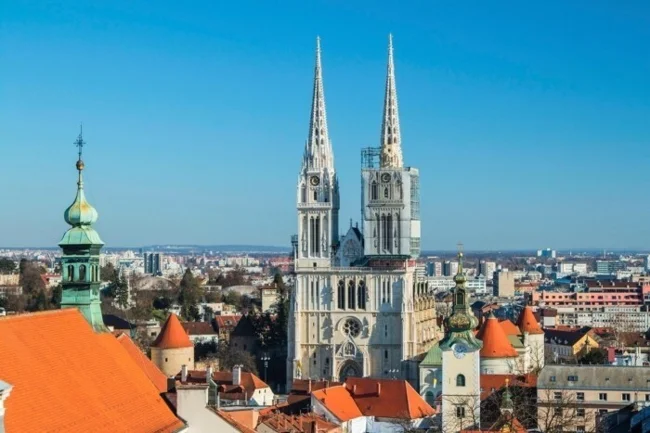
Split
The resort town and the country's second largest settlement is located on the Adriatic coast. Area – 63 km?. There are Roman ruins in the northwestern outskirts of the city. The center has excellent transport links. Diocletian's Palace is considered the main highlight of Split. The city has many villas, as well as sports stadiums where tennis and football are played.
Population – 178,102 people (2011) 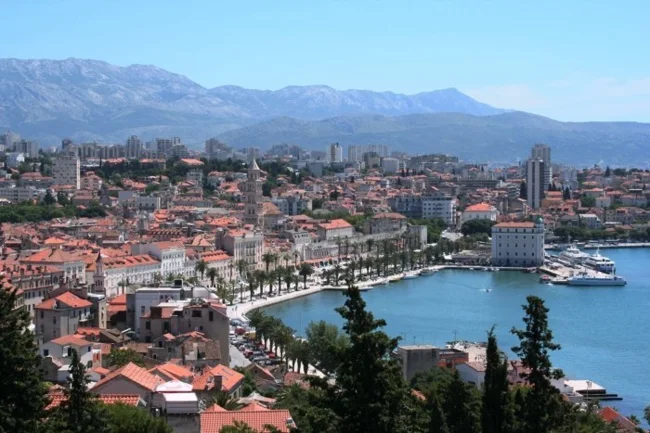
Rijeka
The port city is the third largest in Croatia. Area – 44 km?. Rijeka lives on shipbuilding, tourism and trade. The largest cargo and passenger port in the state is located here. There is an international airport not far from the city. The Oblique Tower of Rijeka is considered the hallmark of the city. There are also many churches, cathedrals and parishes in different architectural styles in the city.
Population – 128,624 people (2011) 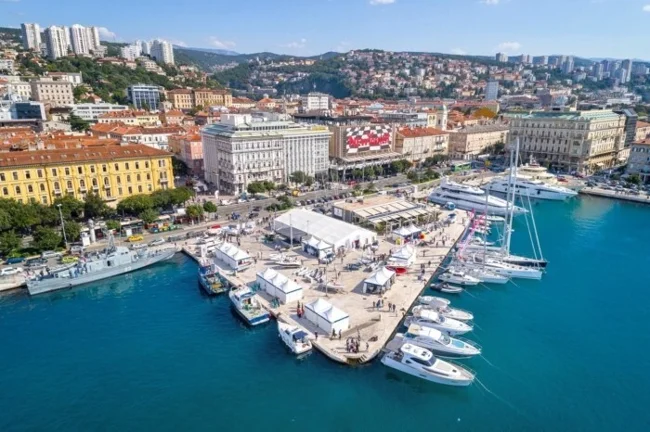
Osijek
The eastern town is based on the banks of the Drava River. Osijek is the industrial center of the country. Area – 169 km?. For entertainment, you can find a zoo and an aquarium. Osijek has its own National Theater. There is a chemical and match factory within the city limits. Transport in the town is represented by railway, air, buses and trolleybuses. There is a river port at the Osijek pier.
Population – 103,162 people (2017) 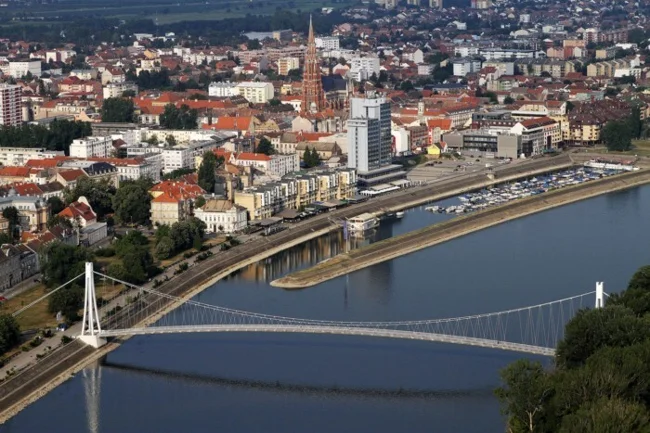
Zadar
In the central part of the Adriatic coast is the historical center of the country, Zadar. Area – 25 km?. Zadar is part of the Zadar Archdiocese. The settlement is divided into Old and New districts. The Roman buildings in the Old Quarter are of particular historical value. Tourism, fishing, mechanical engineering are the main industries of the developing Zadar. Three nature reserves are open near the city: Kornati, Velebit, and Paklenica.
Population – 75,082 people (2011) 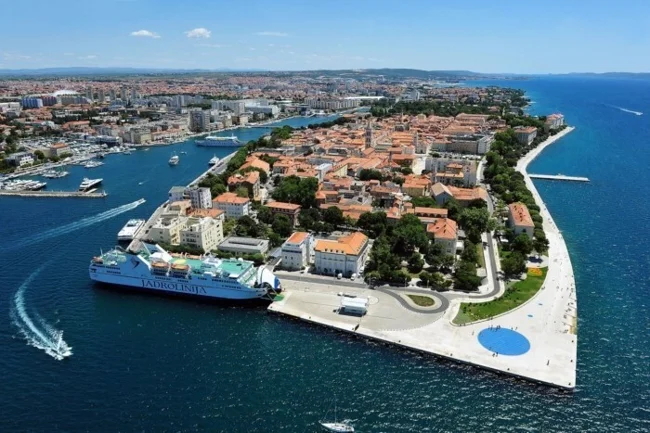
Velika Gorica
More modern than its predecessors, the city has good transport links. Area – 329 km?. This place is a satellite city of the Croatian capital. The town's economy is based on agriculture and private trading business. The picturesque Lake Chiche is considered a favorite place for city residents. The reservoir is almost adjacent to the city limits.
Population – 63,517 people (2011) 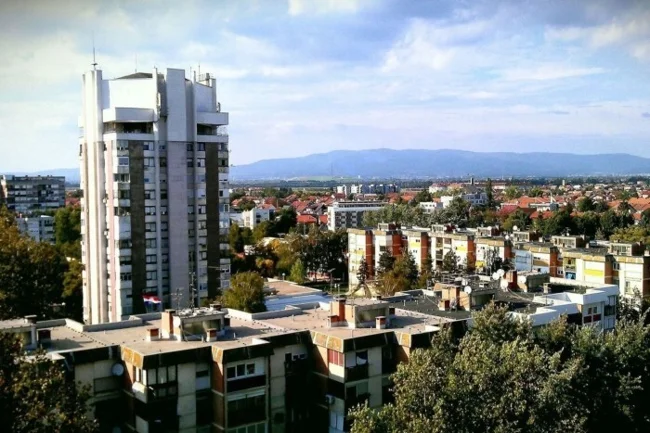
Pula
The western city of Pula is located on the Istrian peninsula. Area – 51 km?. The first Greek colony in the Adriatic is today based next to the Brijuni National Park. An amphitheater, a temple, a town hall, a marine casino - these are the things that may interest tourists in Pula. The picturesque city is considered a major seaport. It has developed transport infrastructure in all Croatian directions.
Population – 57,053 people (2012) 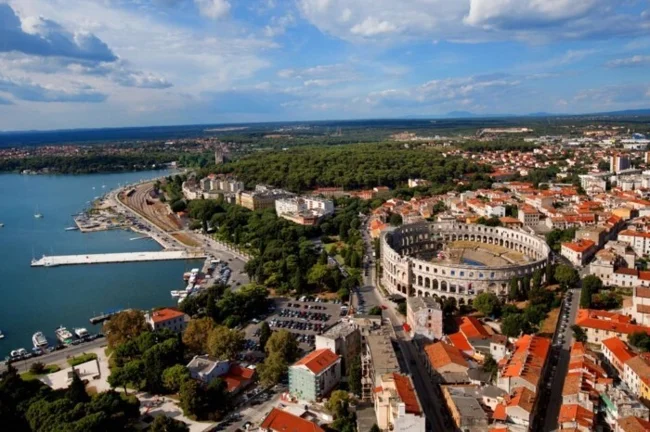
Slavonski Brod
The river port on the Sava River is also an industrial city. Area – 50 km?. The 18th-century Baroque fortress is an important historical landmark of the city. The city is famous not only from a historical point of view, it was previously home to the Croatian writer Ivane Brlic-Mazuranic.
Population – 56,769 people (2015) 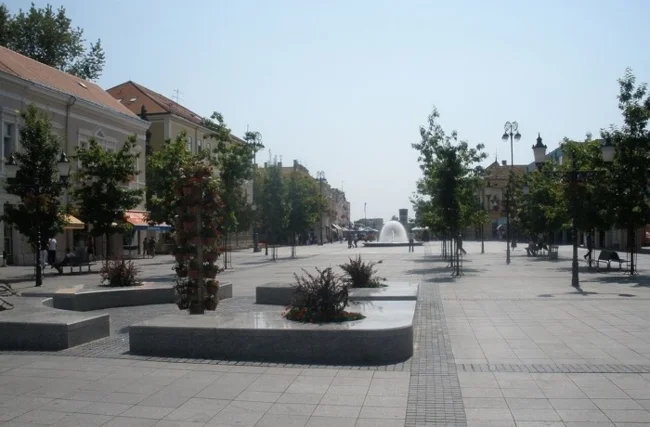
Karlovac
The settlement, located at the confluence of several rivers, is located in the center of the country. Area 402 km?. The city is popular among beer lovers. This is where the brewery producing “Karlovachko” is located. The bridge over the Korana River is also interesting. In recent years, Karlovac has been actively built up, as it suffered severe destruction during World War II.
Population – 53,134 people (2015) 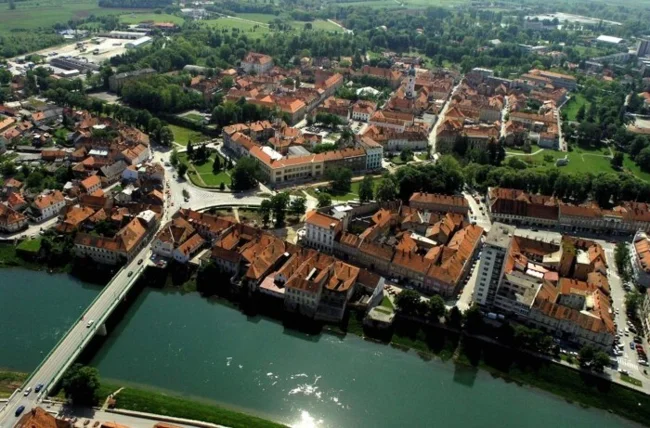
Varazdin
The city on the Drava River is the center of its district. Area – 59 km?. The cultural life of the city is closely connected with history and football. There are many improvised conservatories in the city. Baroque music evenings are held in old churches with good acoustics, as well as in spacious halls of ancient castles. The annual street performers festival attracts thousands of tourists to the city.
Population – 47,055 people (2011) 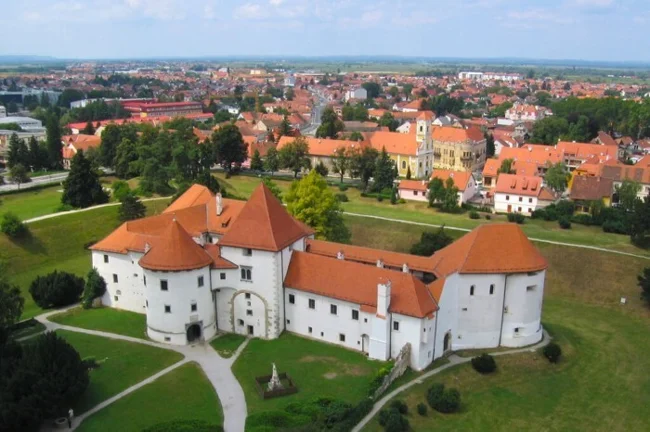
Sibenik
The settlement is located at the confluence of the Krka River into the Adriatic. Area - 458 km?. Architectural monuments in the town date back to the 15th century. Sibenik has many churches, cathedrals and monasteries. The City Museum is located in the Prince's Palace. Near Sibenik there is a park that shares the same name with the river.
Population – 46,332 people (2011) 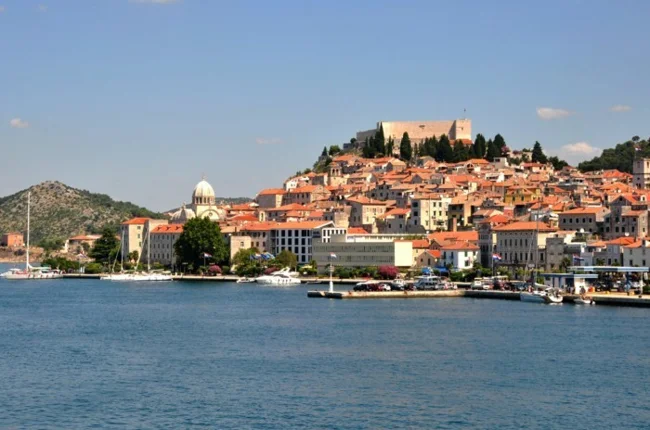
Dubrovnik
The resort is located in the south of the Adriatic. Earthquakes sometimes occur in this beautiful village. Area – 143 km?. Dubrovnik has many historical sites, the streets are paved with cobblestones, the walls remember wars, unrest and coronations. The subtropical climate makes this place attractive to foreigners and residents of the country.
Population – 42,615 people (2012) 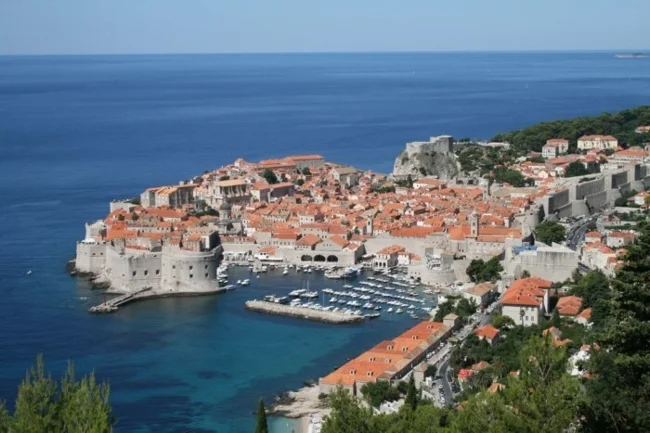
Bjelovar
The city is located on the plains of Croatia in the central part. Area – 192 km?. The city has a relatively young history. Famous for its cultural events. For example, in the vicinity of Bjelovar there is a fair and the largest art exhibition in the Balkans. The city is alive with many social events and cultural events.
Population – 40,276 people (2011) 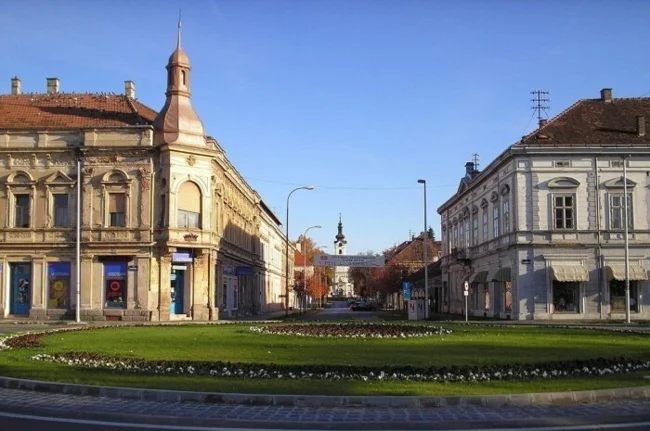
Sisak
The settlement is based in the central part of Croatia. Area – 422 km?. The city is famous for its mineral waters. Here their temperature reaches 54 degrees. Near the city limits you can see the Lonjsko Polje park. The Celts and Romans had a hand in the emergence of this town, which is why in Sisak there are fragments of ancient walls and other interesting places.
Population – 33,322 people (2011) 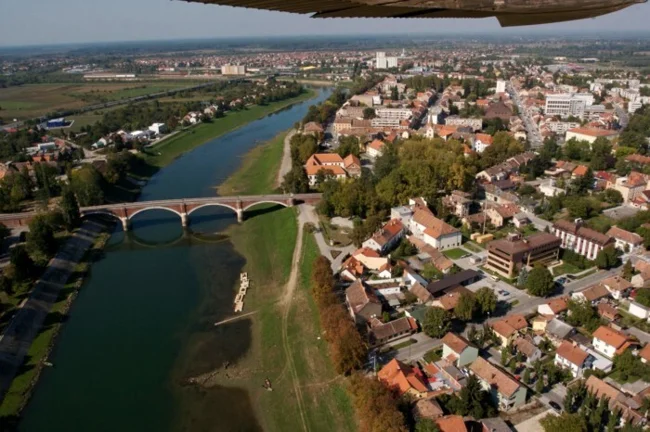
Vinkovci
On the banks of the Basut River lies the city of Vinkovtsi. Area – 94 km?. The fields around the village are considered the most fertile in Croatia. During archaeological excavations near this town, the Orion calendar was discovered. The find confirms speculation that the Balkan culture is much older than it initially seems.
Population – 32,029 people (2011) 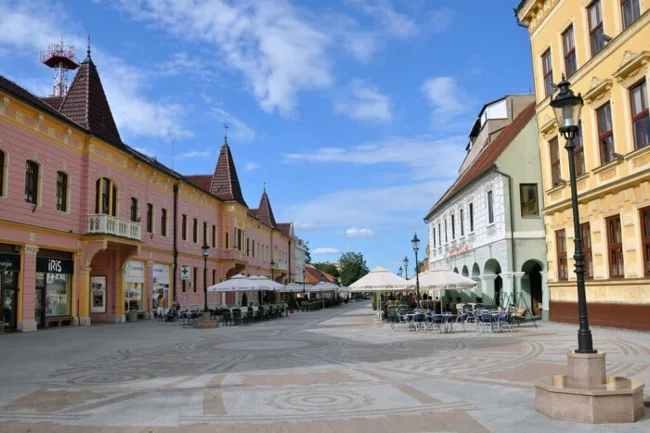
Koprivnica
The northern town of Croatia has a special charm. Area – 90 km?. Carlsberg beer is brewed in Koprivnica and delicious food is produced. The town has its own football stadium. There are architectural gems represented by parks and churches. There are also hotels and excellent restaurants here.
Population – 30,854 people (2011) 
Dzhyakovo
The settlement is another center of agriculture in Croatia. The area is known for its fertile soils. Area – 170 km?. The vineyards and wineries of Djakova are popular throughout the country, as well as abroad. The city regularly hosts exhibitions and festivals of national costume and embroidery.
Population – 27,745 people (2011) 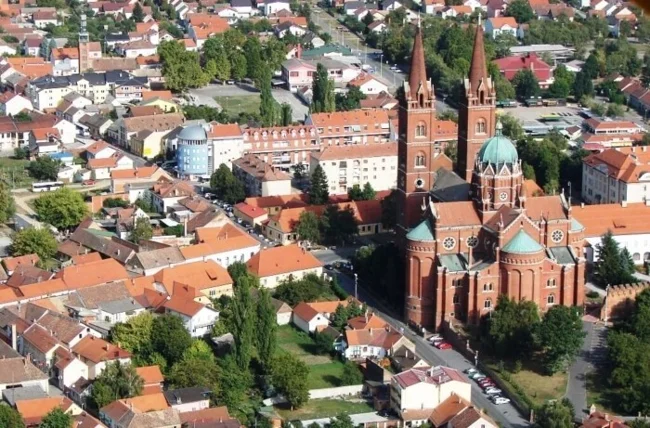
Vukovar
The settlement is located on the Danube River. The territory is based in the east of the country. Area – 100 km?. The port of Vukovar is known for its food factories and textile production. The main attractions here are the Bishop's Palace and the Franciscan Monastery.
Population – 24,938 people (2015) 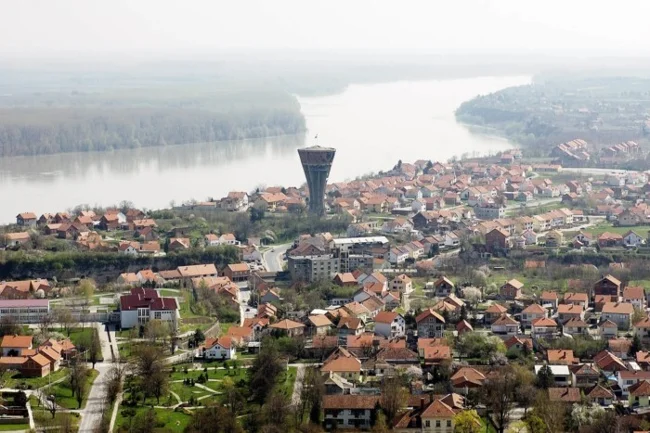
Solin
Croatian city on the Adriatic coast. Area – 18 km?. The town is considered a suburb of neighboring Split. Despite its small size, the settlement is rich in historical monuments: the ruins of Roman forums, amphitheaters, and museums. Tourism is the basis for the development of Solina. Beautiful nature and the sea attract thousands of tourists to this area.
Population – 23,926 people (2011) 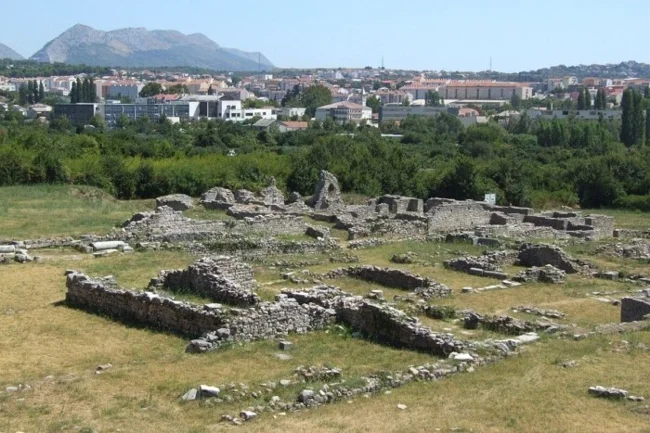
Zapresic
This place is a suburb of Zagreb. Zaprešić is located 13 km from the capital. Area – 52 km?. The Sava River flows near the city. Industrial enterprises operate within the city limits. The center is adjacent to 10 villages that are part of this administrative unit. Tourists come to Zapresic for the beautiful nature and active recreation. There is little entertainment in the town itself, but prices for hotel rooms are significantly lower than in the capital.
Population – 19,644 people (2011) 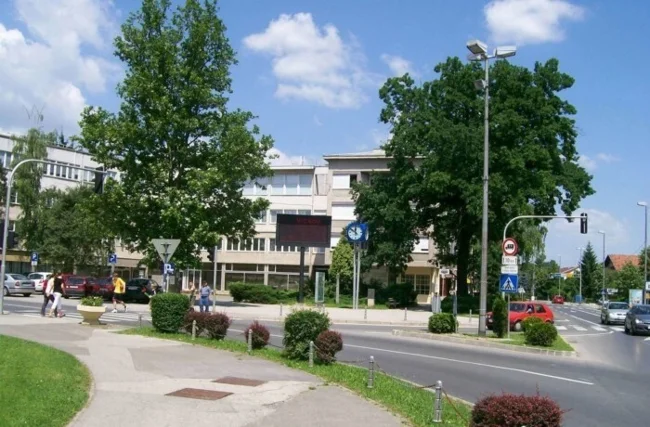
Pozega
The city is located in the eastern part of Croatia. Area – 133 km?. In September, the city hosts an annual folk music festival. Many military holidays are celebrated in Pozega. Parades, reenactments and ceremonial processions are held on an ongoing basis. The cozy town is actively developing the tourism sector.
Population – 19,506 people (2011) 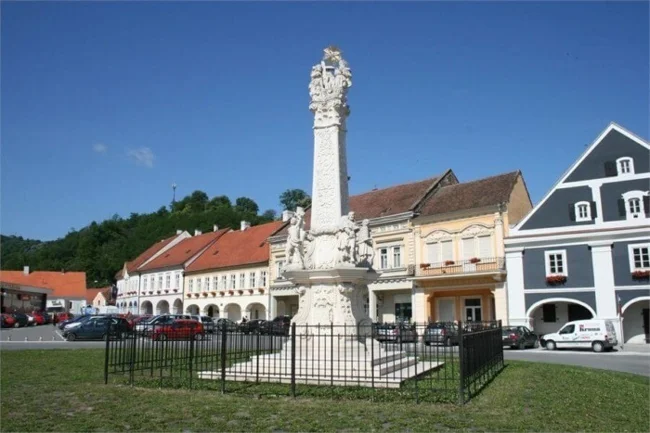
Samobor
Not far from the capital is another settlement, Samobor. Area – 250 km?. Foam cream cakes and the Fashnik carnival are the hallmarks of the city. Samobor is decorated in traditional Croatian style. Its red tiles, cobbled streets and wrought iron signs create a unique atmosphere of antiquity throughout the city area.
Population – 15,956 people (2011) 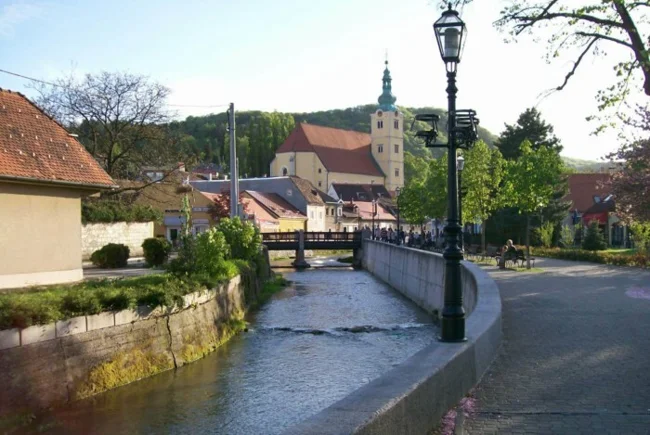
Chakovec
The city of northern Croatia has special architectural value. Area – 72 km?. Various types of industry are developed in Čakovec. In addition, there are ancient churches, historical mansions and streets decorated in a variety of styles. Croatian castles are open to the public in the suburb of Čakovec.
Population – 15,147 people (2011) 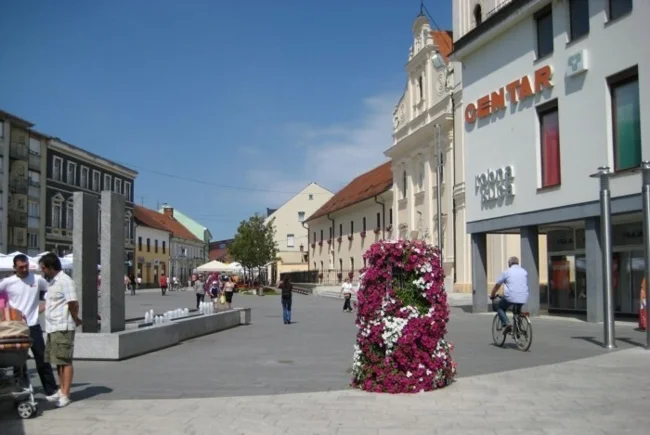
Rovinj
In the west of the Istrian peninsula is the town of Rovinj. Area – 88 km?. Hotels, villas and fishing enterprises constitute the main income of the city. Museums, chapels and monasteries are located in the historical part of the town. Buses run to Rovinj from all over the peninsula. There is also a tobacco factory, a port and many small businesses. Water activities are popular and in demand at the resort.
Population – 14,294 people (2011) 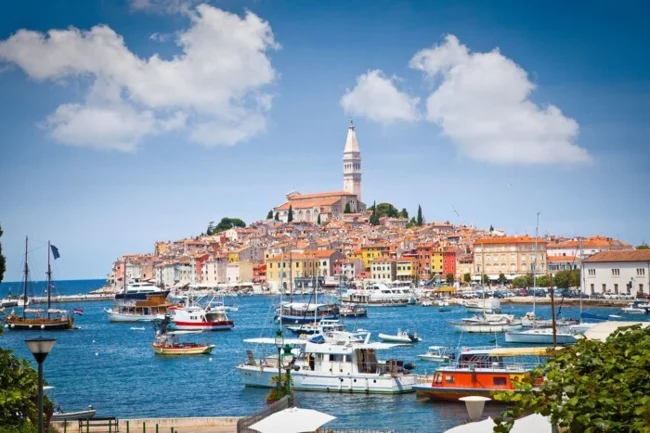
Makarska
Resort in the center of the Adriatic coast. Area – 28 km?. The main attraction is the Marineta embankment. There are hotels, hotel complexes, cafes and restaurants along the embankment. There are clean and well-maintained beaches near the embankment and Cape St. Peter. Not far away in the mountains near Makarska there is a nature park open at any time of the year. The Mediterranean climate and the rapid development of tourism after the war made the resort attractive not only to foreigners, but also to local residents.
Population – 13,716 people (2001) 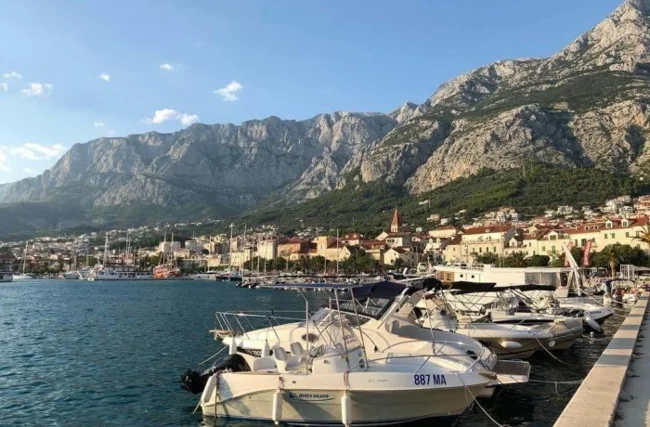
0 comments
